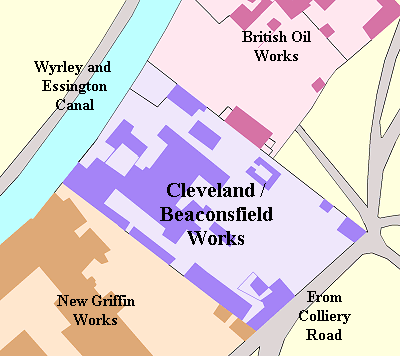 |
The factory is named on the
1902 Ordnance Survey map as Cleveland Works, where
hoops etc. are made.
By 1930 the site had been
acquired by Herbertson & Company Limited,
constructional engineers, previously based in Lever
Street.
The factory became known as
Beaconsfield Works. |
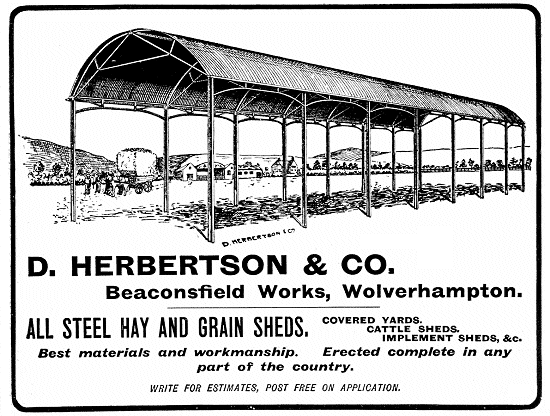
|
The company manufactured
structural steelwork, and erected, and maintained,
all types of steel buildings.
Large quantities of structural
steel were kept in stock and the highly skilled
staff ensured that all kinds of work could be
undertaken.
Herbertson & Company
manufactured steel-framed buildings, roofs, riveted
girders, stanchions, steel storage bunkers, hoppers,
crane gantries and runways, and elevator and
conveyor steelwork.
Customers included the
Admiralty, the Air Ministry, and the War Office. |
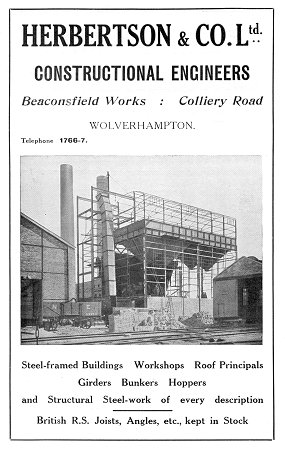
An advert from 1930. |
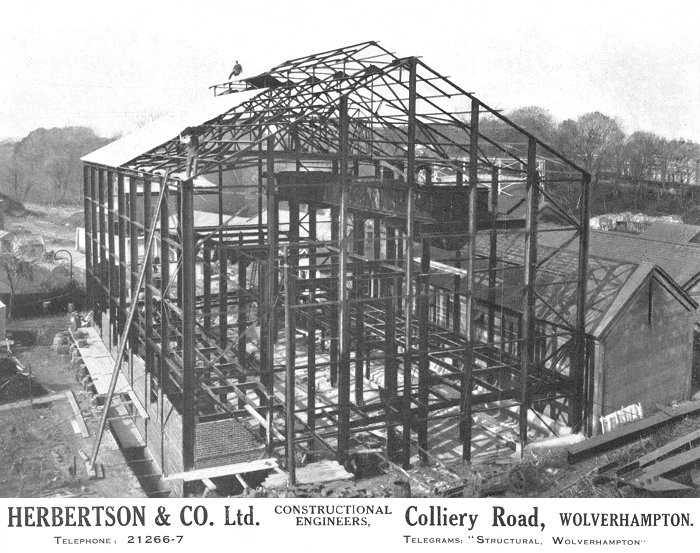
An advert from 1936.
 |
An advert from 1949. |

An advert from 1956 showing the
construction of the University's building in Stafford Street.
|
An advert
from 1959. |
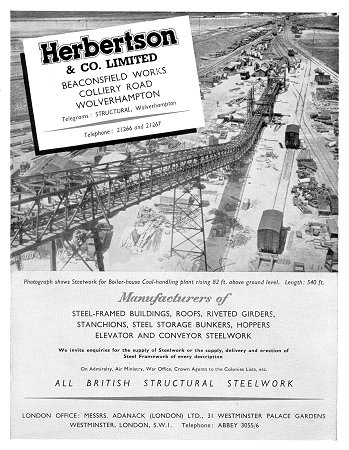 |
|
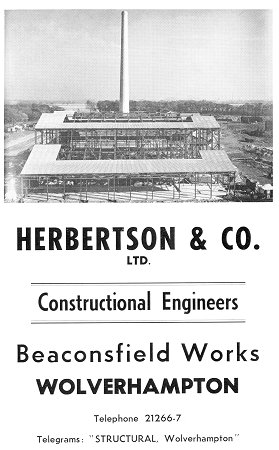
An advert from 1962. |

An advert from 1935. |
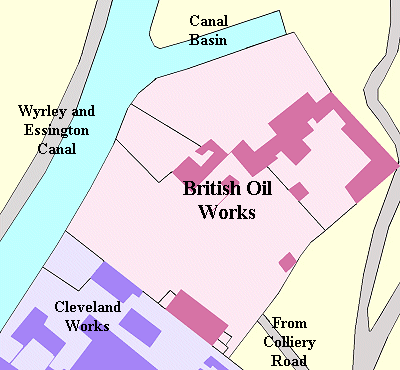 |
In 1848 Gaunt and Hickman established the
British Oil Works, one
of the first businesses in the country to produce
oil and grease.
In the early years their main customers were from
the coal mining industry, but with the development
of the internal combustion engine this all changed,
and the business rapidly grew.
There were disastrous fires at the factory in
1887 and 1911, but each time the business survived. |

A view inside the oil works.
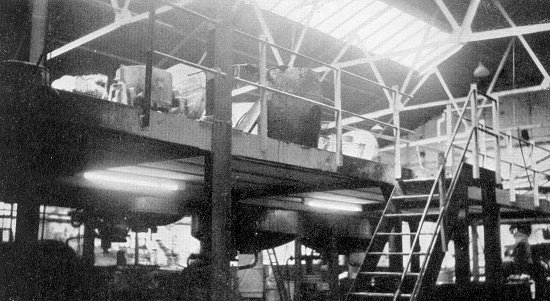
Another view inside the works.
|
Large quantities of lubricants
were produced for the armed forces during the First
World War, and the company began to supply cutting
oils, and lubricants for every type of machine.
The company’s products were
always made to the highest standards, and constant
research was undertaken to improve the existing
products, and to develop new products.
By the end of the First World
War the business had moved to Bilston Road,
Wolverhampton, alongside the canal. |
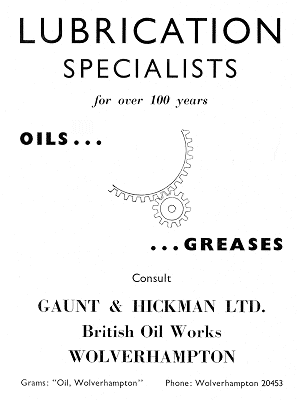 |
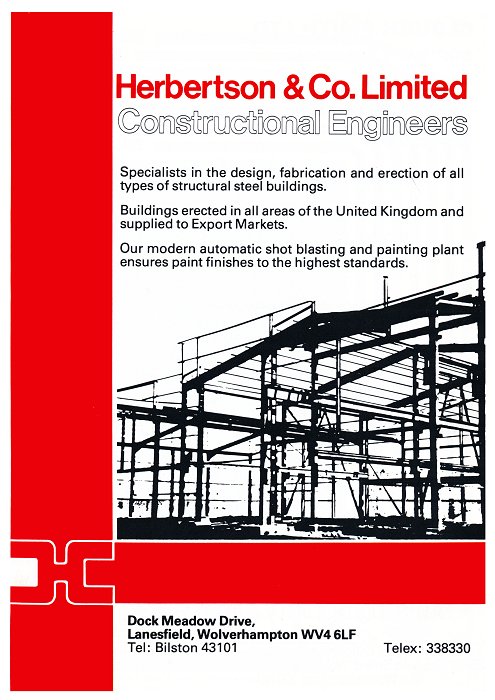
An advert from 1985.
 |
Return to the Canals
and Industry Menu |
|